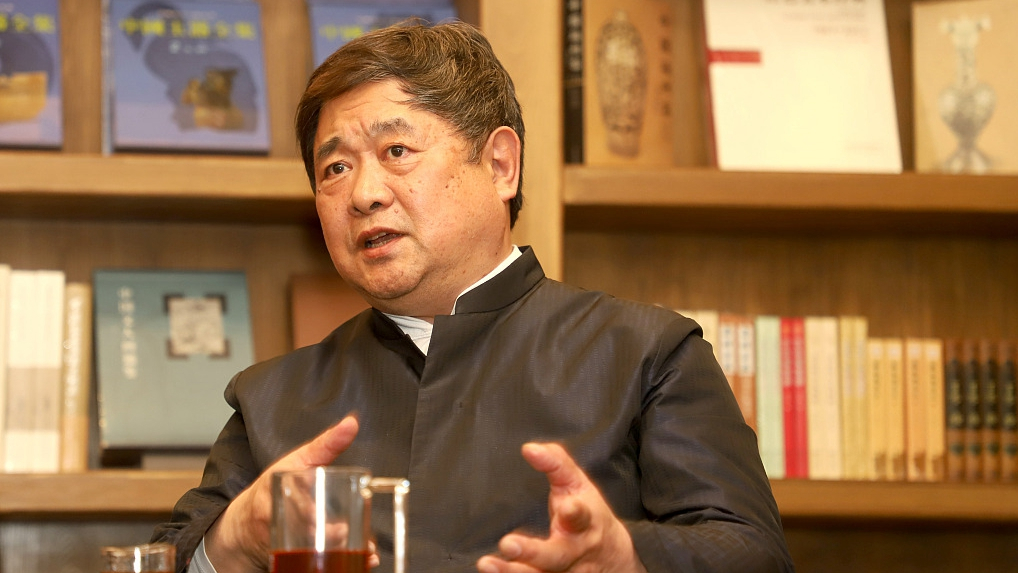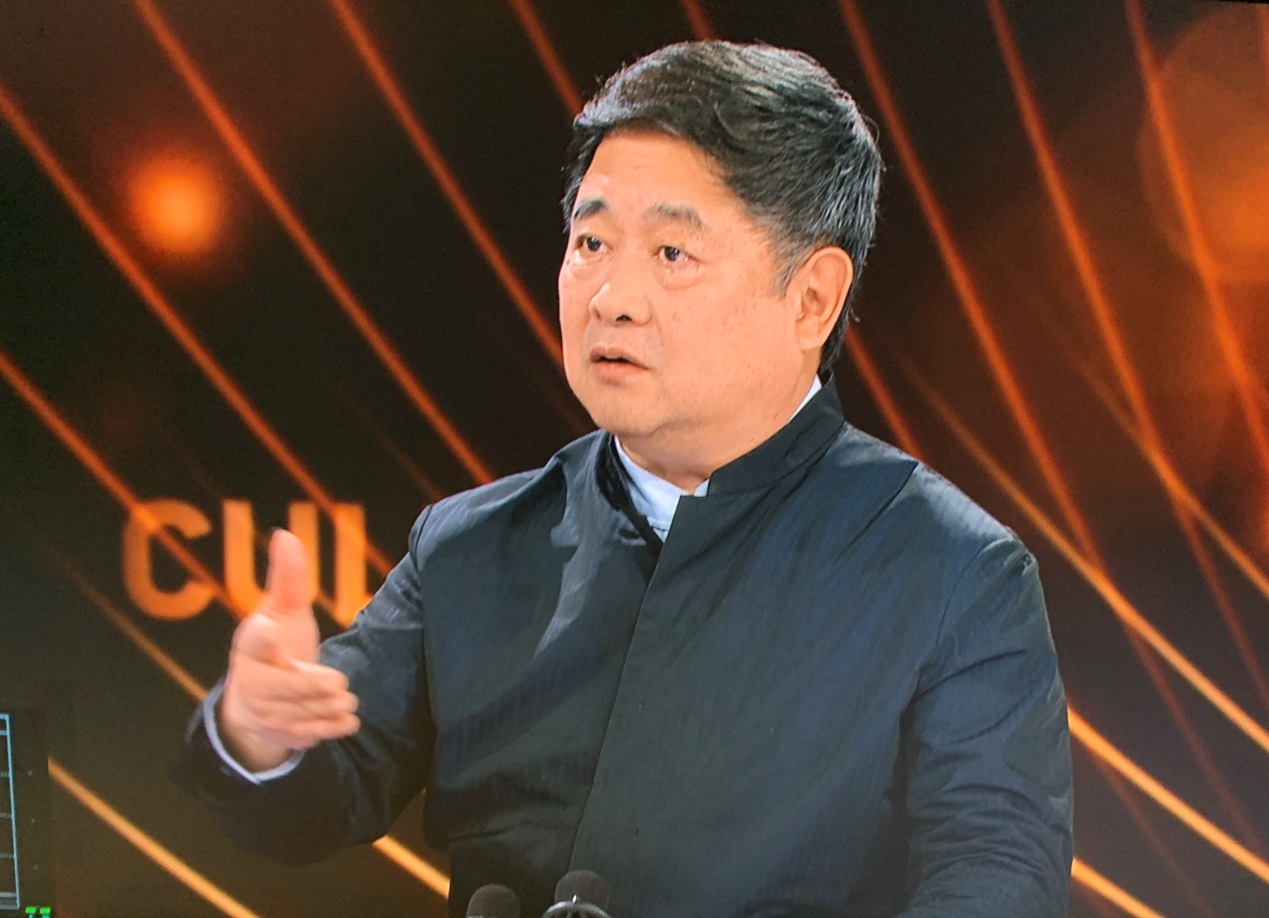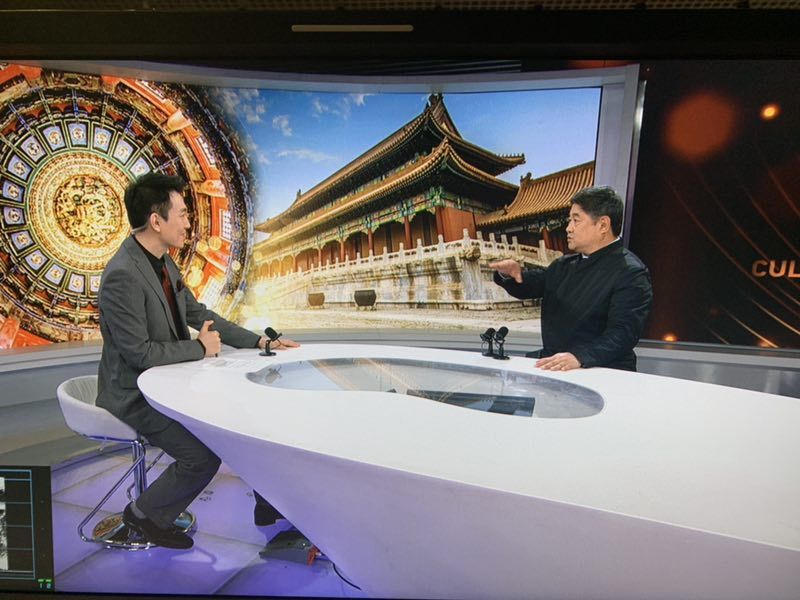
Culture China
21:54, 17-May-2019
Shan Jixiang, the man who made the Forbidden City less forbidding
By Wang Wei
05:42

When it comes to the history of the Palace Museum, also known as the Forbidden City, it would be hard to say who has been the most successful director. But most people agree that Shan Jixiang was the most innovative and reform-minded of them all. During an interview at our studio, Mr. Shan talked about his work in sharing the ancient treasure trove with a wider audience.
One of his projects was embracing technology to help people who can't physically be at the museum learn more about what it holds. Their website sees nearly 900 million visits every year. All of the museum's 1.86 million artifacts are now online.
“We're deploying the latest technologies. Our three studios are producing high-definition materials including videos, photos, and infographics," said Shan.
"We've created a series of seven virtual reality productions. Each runs about 25 minutes. They are a most welcome addition to our digital presentation online. People can view both the panorama and the minute details of the Palace Museum at their fingertips. The vicarious experience is simply stunning,” continued Shan.

Shan Jixiang being interviewed by CGTN's Culture Express. /CGTN Photo
Shan Jixiang being interviewed by CGTN's Culture Express. /CGTN Photo
Their strategy also includes Chinese social media apps, Weibo and WeChat.
"The bite-sized articles and mini-lectures are particularly popular with our audience. They are so eager to learn about every aspect of the Forbidden City and its culture."
One of the advantages of this content is that it's weather-proof. " With the aid of multimedia technologies, people virtually take residence in the Palace Museum throughout the year. They can admire the buildings and grounds at all hours and in all weather conditions," said Shan.
Another initiative has been the protection of the museum, with renewed attention after the fires in Notre-Dame and at the Brazilian Museum last year.
“Safety has always been a top concern at the Palace Museum. We have over 1,200 buildings, small and large. All of them are wooden structures. So fire hazards are a constant threat. There are risks from electricity and lightning, among other things. So vigilance is vitally important. We can't afford even the slightest accident,” said Shan.

Shan Jixiang being interviewed by CGTN's Culture Express. /CGTN Photo
Shan Jixiang being interviewed by CGTN's Culture Express. /CGTN Photo
Another shift is balancing protection with opening up more spaces to visitors.
"“It has been a significant change in our mindset. Opening new spaces means extra work and more investment. But it is all worthwhile if the visitors can experience more of the Palace Museum. Our duty is to serve the visitors rather than to make our own lives easier. It involves many hard choices. But we have to put the visitors first,” said Shan.

SITEMAP
Copyright © 2018 CGTN. Beijing ICP prepared NO.16065310-3
Copyright © 2018 CGTN. Beijing ICP prepared NO.16065310-3